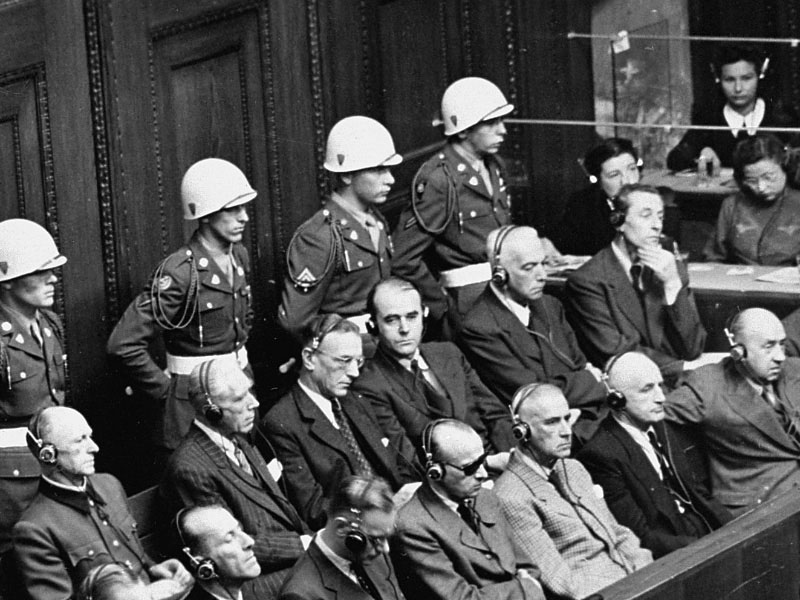The film uses Telford Taylor’s book Nuremberg and Vietnam: An American Tragedy as a point of departure in exploring wartime atrocities and individual versus collective responsibility. Divided into two parts - “Nuremberg and the Germans” and “Nuremberg and other places” - it builds into its very fabric the identity of the filmmaker. It’s not simply that we see him interviewing the subjects or feel his presence through intrusive editing; but Ophuls includes scenes with his German wife, his film students at princeton and even his grappling with cutting and arranging the overwhelming material. “I try to be autobiographical in Memory of Justice because of my wife’s childhood and my childhood - my reaction against what we feel has been misunderstood. I felt a great misunderstanding concerning The Sorrow and the Pity (the movie of my life, like Conan Doyle and Sherlock Holmes - I try to get rid of it, but it won’t go away): there is no such thing as objectivity! The Sorrow and the Pity is a biased film - in the right direction, I’d like to think - as biased as a western with good guys and bad guys. But I try to show that choosing the good guy is not quite as simple as anti-Nazi movies with Alan Ladd made in 1943.” (From an interview with Annette Insdorf, 1981)
